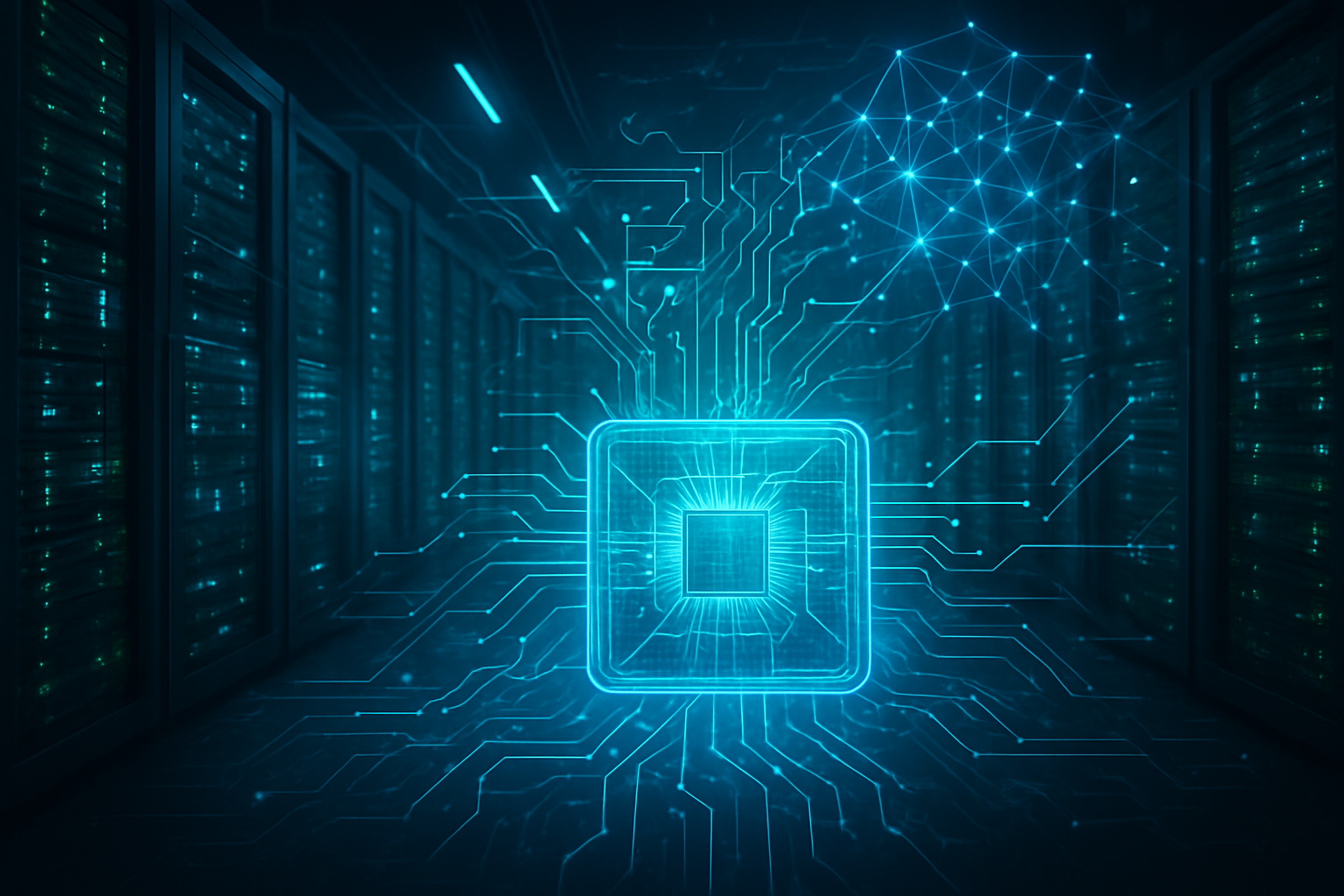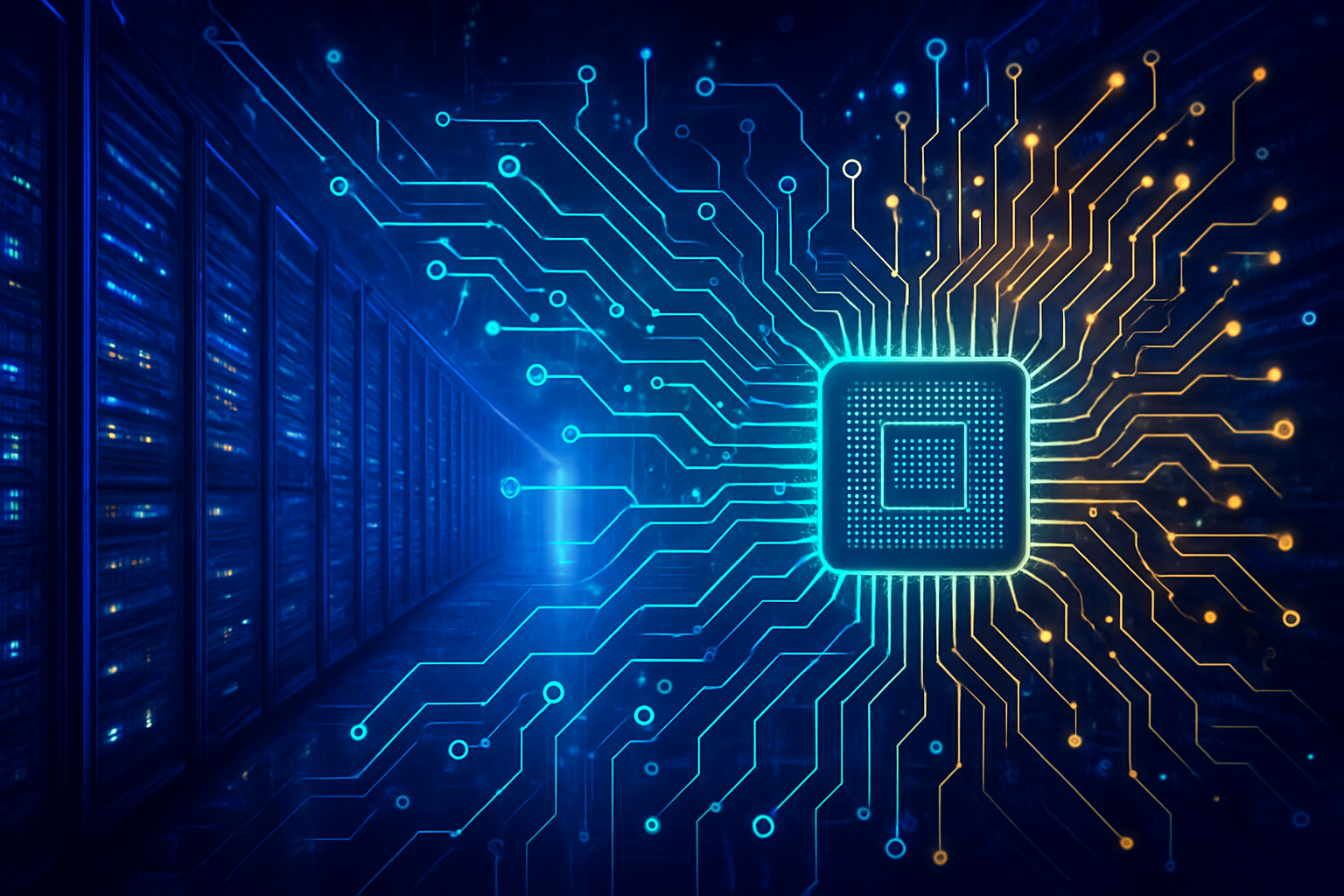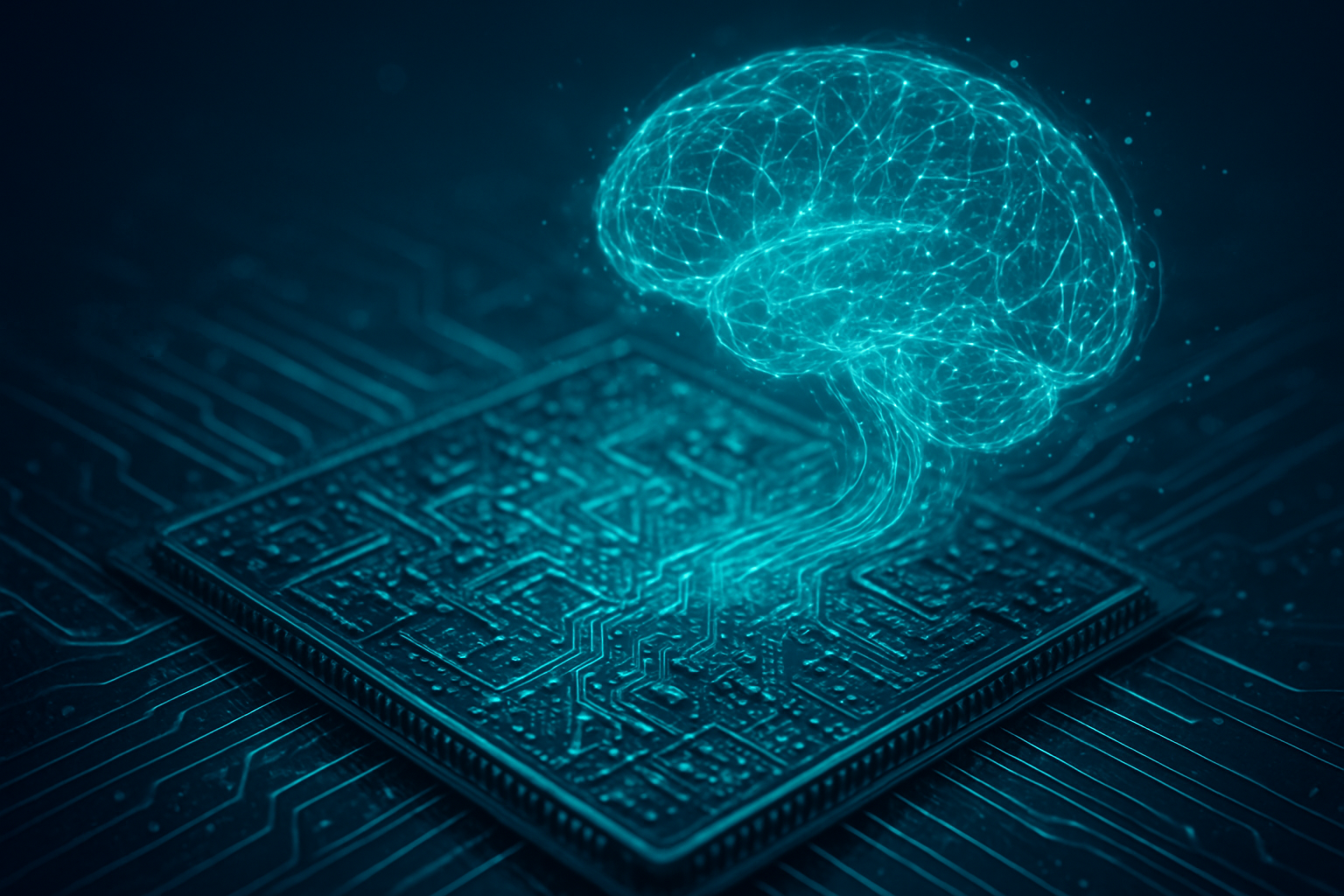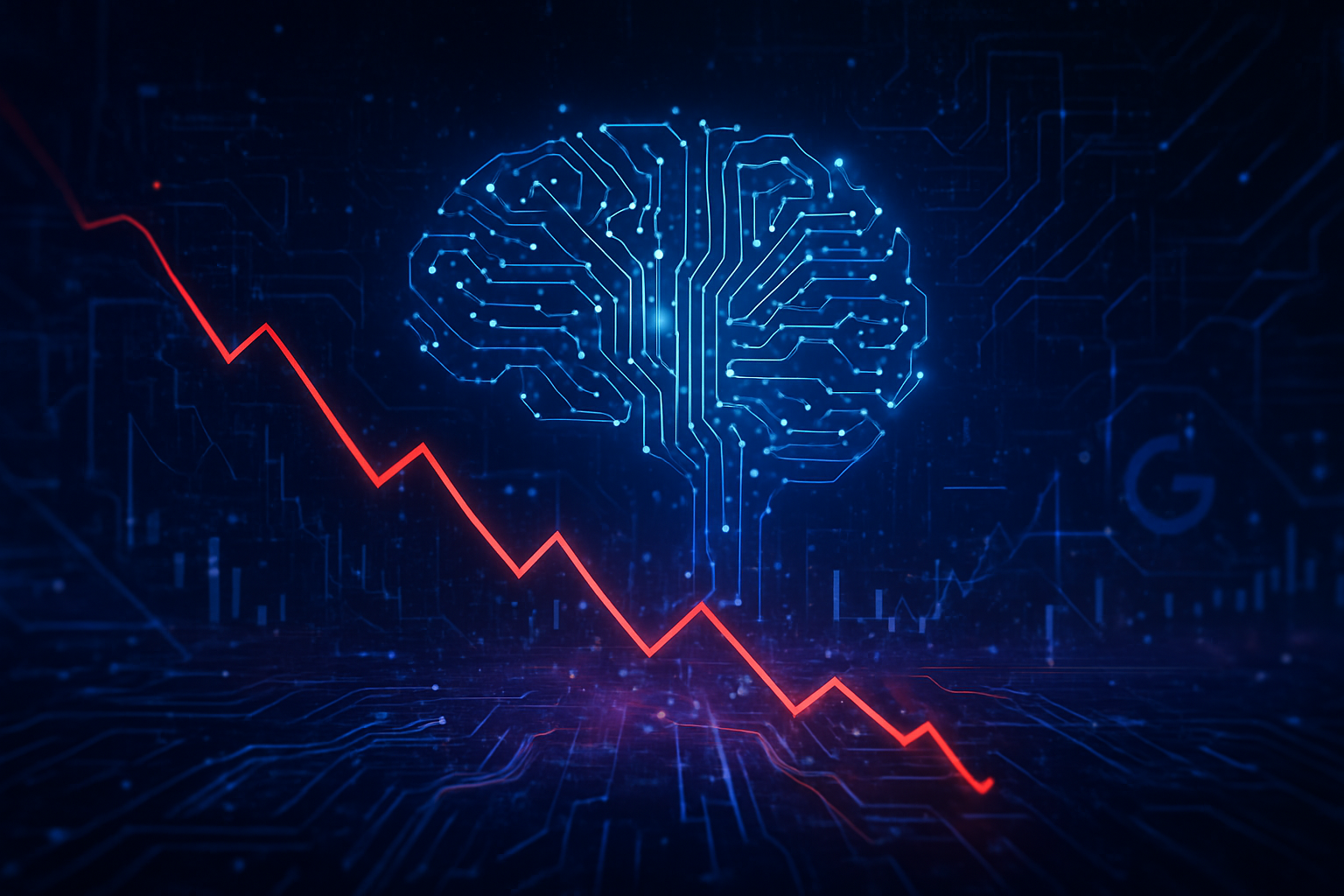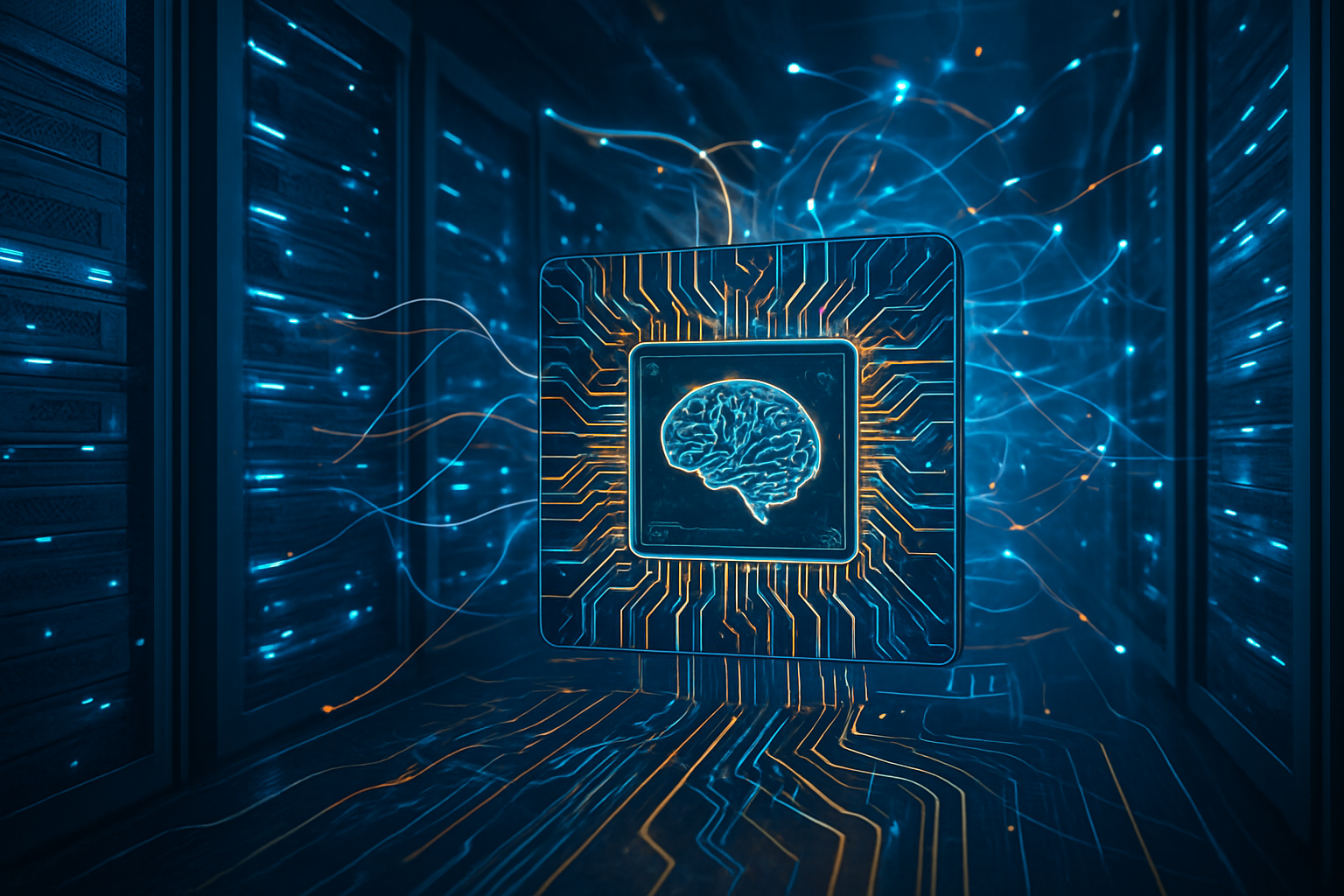Amazon (NASDAQ: AMZN) has unveiled a groundbreaking class of AI agents, dubbed "frontier agents," capable of operating autonomously for extended periods—even days—without constant human intervention. Announced at the Amazon Web Services (AWS) re:Invent conference on December 2, 2025, this development marks a pivotal moment in the evolution of artificial intelligence, signaling a significant shift from reactive AI assistants to proactive, goal-driven digital workers. This move is set to profoundly impact various industries, promising unprecedented levels of automation and efficiency, particularly in complex, multi-day projects.
Technical Marvels: The Architecture of Autonomy
Amazon's frontier agents represent a "step-function change" in AI capabilities, moving beyond the limitations of traditional chatbots and copilots. At their core, these agents are designed to handle intricate, long-duration tasks by leveraging sophisticated long-term memory and context management, a critical differentiator from previous AI systems that often reset after each session.
The initial rollout features three specialized agents, primarily focused on the software development lifecycle:
- Kiro Autonomous Agent: This virtual developer operates within Amazon's Kiro coding platform. It can navigate multiple code repositories, triage bugs, improve code coverage, and even research implementation approaches for new features. Kiro maintains persistent context across sessions, continuously learning from pull requests and human feedback, and operates for hours or days independently, submitting its work as proposed pull requests for human review.
- AWS Security Agent: Functioning as a virtual security engineer, this agent proactively reviews design documents, scans pull requests for vulnerabilities, compares them against organizational security rules, and can perform on-demand penetration testing. It validates issues and generates remediation plans, requiring human approval before applying fixes. SmugMug, an early adopter, has already seen penetration test assessments reduced from days to hours using this agent.
- AWS DevOps Agent: This virtual operations team member is designed to respond to system outages, analyze the root cause of historical incidents to prevent recurrence, and offer recommendations for enhancing observability, infrastructure optimization, deployment pipelines, and application resilience. It operates 24/7, generating detailed mitigation plans for engineer approval. Commonwealth Bank of Australia (ASX: CBA) is reportedly testing this agent for network issues.
These agents are built upon Amazon's comprehensive AI architecture, integrating several advanced technological components. Central to their operation is Amazon Bedrock AgentCore Memory, a fully managed service providing both short-term working memory and sophisticated long-term intelligent memory. This system utilizes "episodic functionality" to enable agents to learn from past experiences and adapt solutions to similar future situations, ensuring consistency and improved performance. It intelligently discerns meaningful insights from transient chatter and consolidates related information across different sessions without creating redundancy.
The agents also leverage Amazon's new Nova 2 model family, with Nova 2 Pro specifically designed for agentic coding and complex, long-range planning tasks where high accuracy is paramount. The underlying infrastructure includes custom Trainium3 AI processors for efficient training and inference. Amazon Bedrock AgentCore serves as the foundational platform for securely building, deploying, and operating these agents at scale, offering advanced capabilities for production deployments, including policy setting, evaluation tools, and enhanced memory features. Furthermore, Nova Act, a browser-controlling AI system powered by a custom Nova 2 Lite model, supports advanced "tool calling" capabilities, enabling agents to utilize external software tools for tasks like querying databases or sending emails.
Initial reactions from the AI research community and industry experts have been largely optimistic, emphasizing the potential for enhanced productivity and proactive strategies. Many professionals anticipate significant productivity boosts (25-50% for some, with 75% expecting improvements). AWS CEO Matt Garman stated that "The next 80% to 90% of enterprise AI value will come from agents," underscoring the transformative potential. However, concerns regarding ethical and safety issues, security risks (76% of respondents find these agents the hardest systems to secure), and the lagging pace of governance structures (only 7% of organizations have a dedicated AI governance team) persist.
Reshaping the Tech Landscape: Industry Implications
Amazon's aggressive push into autonomous frontier agents is poised to reshape the competitive dynamics among AI companies, tech giants, and startups. This strategic move aims to "leapfrog Microsoft (NASDAQ: MSFT), Google (NASDAQ: GOOGL), Salesforce (NYSE: CRM), OpenAI, and others" in the race to develop fully autonomous digital workers.
A wide array of companies stands to benefit significantly. Enterprises with complex, multi-day workflows, such as those in financial services, manufacturing, logistics, and large-scale software development, will find immense value in agents that can autonomously manage projects. Existing AWS customers gain immediate access to these advanced capabilities, allowing them to integrate sophisticated automation into their operations. Early adopters already include PGA Tour, Salesforce's Heroku, Grupo Elfa, Nasdaq (NASDAQ: NDAQ), and Bristol Myers Squibb (NYSE: BMY).
The competitive implications for major AI labs and tech companies are profound. Amazon's substantial investment ($100-105 billion in 2025) in AI infrastructure, including its custom Trainium 3 and upcoming Trainium 4 chips, reinforces AWS's dominance in cloud computing and aims to lower AI training costs, providing a cheaper alternative to Nvidia (NASDAQ: NVDA) GPUs. This vertical integration strengthens its ecosystem against competitors. The industry is witnessing a shift from a primary focus on foundational models (like GPT, Claude, Gemini) to the development of sophisticated agents that can reason and act. Amazon's emphasis on agentic AI, integrated with its Nova 2 models, positions it strongly in this evolving race.
The introduction of Amazon's frontier agents and the broader trend toward agentic AI portend significant disruption. Traditional automation and workflow tools, as well as simpler robotic process automation (RPA) platforms, may face obsolescence or require significant upgrades to compete with the autonomous, context-aware, and multi-day capabilities of frontier agents. Developer tools and services, cybersecurity solutions, and DevOps/IT operations management will also see disruption as agents automate more complex aspects of development, security, and maintenance. Even customer service platforms could be impacted as fully autonomous AI agents handle complex customer requests, reducing the need for human agents for routine inquiries.
Amazon's market positioning and strategic advantages are multifaceted. Its cloud dominance, with AWS holding a 30% global cloud infrastructure market share, provides a massive platform for deploying and scaling these AI agents. This allows Amazon to deeply integrate AI capabilities into the services its millions of customers already use. By offering an end-to-end AI stack—custom silicon (Trainium), foundational models (Nova 2), model building services (Nova Forge), and agent development platforms (Bedrock AgentCore)—Amazon can attract a broad range of developers and enterprises. Its focus on production-grade AI, addressing key enterprise concerns around reliability, safety, and governance, could accelerate enterprise adoption and differentiate it in an increasingly crowded AI market.
A New Frontier: Wider Significance and Societal Impact
Amazon's frontier agents represent a significant leap in the broader AI landscape, signaling a major shift towards highly autonomous, persistent, and collaborative AI systems. This "third wave" of AI moves beyond predictive and generative AI to autonomous agents that can reason and tackle multi-faceted projects with minimal human oversight. The ability of these agents to work for days and maintain persistent context and memory across sessions is a critical technical advancement, with research indicating that AI agents' task completion capacity for long tasks has been doubling every 7 months.
The wider significance is profound. Economically, these agents promise to significantly increase efficiency and productivity by automating complex, long-duration tasks, allowing human teams to focus on higher-priority, more creative work. This could fundamentally redefine industries, potentially lowering costs and accelerating innovation. However, while AI agents can address skill shortfalls, they also raise concerns about potential job displacement in sectors reliant on long-duration human labor, necessitating retraining and new opportunities for displaced workers.
Societally, AI is evolving from simple tools to "co-workers" and "extensions of human teams," demanding new ways of collaboration and oversight. Autonomous agents can revolutionize fields like healthcare, energy management, and agriculture, leading to quicker patient care, optimized energy distribution, and improved agricultural practices. Amazon anticipates a shift towards an "agentic culture," where AI is integrated deeply into organizational workflows.
However, the advanced capabilities of these frontier agents also bring significant concerns. Ethically, questions arise about human agency and oversight, accountability when an autonomous AI system makes a harmful decision, algorithmic bias, privacy, and the potential for emotional and social manipulation. Societal concerns include job displacement, the potential for a digital divide and power concentration, and over-reliance on AI leading to diminished human critical thinking. Security issues are paramount, with autonomous AI agents identified as the "most exposed frontier." Risks include automating cyberattacks, prompt injection, data poisoning, and the challenges of "shadow AI" (unauthorized AI tools). Amazon has attempted to address some of these by publishing a "frontier model safety framework" and implementing features like Policy in Bedrock AgentCore.
Compared to previous AI milestones, Amazon's frontier agents build upon and significantly advance deep learning and large language models (LLMs). While LLMs revolutionized human-like text generation, early versions often lacked persistent memory and the ability to autonomously execute multi-step, long-duration tasks. Amazon's agents, powered by advanced LLMs like Nova 2, incorporate long-term memory and context management, enabling them to work for days. This advancement pushes the boundaries of AI beyond mere assistance or single-task execution, moving into a realm where AI can act as a more integrated, proactive, and enduring member of a team.
The Horizon of Autonomy: Future Developments
The future of Amazon's AI frontier agents and the broader trend of autonomous AI systems promises a transformative landscape. In the near-term (1-3 years), Amazon will continue to roll out and enhance its specialized frontier agents (Kiro, Security, DevOps), further refining their capabilities and expanding their reach beyond software development. The Amazon Bedrock AgentCore will see continuous improvements in policy, evaluation, and memory features, making it easier for developers to build and deploy secure, scalable agents. Furthermore, Amazon Connect's new agentic AI capabilities will lead to fully autonomous customer service agents handling complex requests across various channels. Broader industry trends indicate that 82% of enterprises plan to integrate AI agents within the next three years, with Gartner forecasting that 33% of enterprise software applications will incorporate agent-based AI by 2028.
Looking further ahead (3+ years), Amazon envisions a future where "the next 80% to 90% of enterprise AI value will come from agents," signaling a long-term commitment to expanding frontier agents into numerous domains. The ambition is for fully autonomous, self-managing AI ecosystems, where complex networks of specialized AI agents collaboratively manage large-scale business initiatives with minimal human oversight. The global AI agent market is projected to skyrocket to approximately $47.1 billion by 2030, contributing around $15.7 trillion to the global economy. AI agents are expected to become increasingly autonomous, capable of making complex decisions and offering hyper-personalized experiences, continuously learning and adapting from their interactions.
Potential applications and use cases are vast. Beyond software development, AI shopping agents could become "digital brand reps" that anticipate consumer needs, navigate shopping options, negotiate deals, and manage entire shopping journeys autonomously. In healthcare, agents could manage patient data, enhance diagnostic accuracy, and optimize resource allocation. Logistics and supply chain management will benefit from optimized routes and automated inventory. General business operations across various industries will see automation of repetitive tasks, report generation, and data-driven insights for strategic decision-making.
However, significant challenges remain. Ethical concerns, including algorithmic bias, transparency, accountability, and the erosion of human autonomy, demand careful consideration. Security issues, such as cyberattacks and unauthorized actions by agents, require robust controls and continuous vigilance. Technical hurdles related to efficient AI perception, seamless multi-agent coordination, and real-time processing need to be overcome. Regulatory compliance is lagging, necessitating comprehensive legal and ethical guidelines. Experts predict that while agentic AI is the next frontier, the most successful systems will involve human supervision, with a strong focus on secure and governed deployment. The rise of "AI orchestrators" to manage and coordinate diverse agents is also anticipated.
The Dawn of a New AI Era: A Comprehensive Wrap-up
Amazon's introduction of AI frontier agents marks a profound turning point in the history of artificial intelligence. By enabling AI systems to operate autonomously for extended periods, maintain context, and learn over time, Amazon is ushering in an era of truly autonomous digital workers. This development promises to redefine productivity, accelerate innovation, and transform industries from software development to customer service and beyond.
The significance of this development cannot be overstated. It represents a fundamental shift from AI as a reactive tool to AI as a proactive, collaborative, and persistent force within organizations. While offering immense benefits in efficiency and automation, it also brings critical challenges related to ethics, security, and governance that demand careful attention and proactive solutions.
In the coming weeks and months, watch for the broader availability and adoption of Amazon's frontier agents, the expansion of their capabilities into new domains, and the continued competitive response from other tech giants. The ongoing dialogue around AI ethics, security, and regulatory frameworks will also intensify as these powerful autonomous systems become more integrated into our daily lives and critical infrastructure. This is not just an incremental step but a bold leap towards a future where AI agents play an increasingly central and autonomous role in shaping our technological and societal landscape.
This content is intended for informational purposes only and represents analysis of current AI developments.
TokenRing AI delivers enterprise-grade solutions for multi-agent AI workflow orchestration, AI-powered development tools, and seamless remote collaboration platforms.
For more information, visit https://www.tokenring.ai/.



